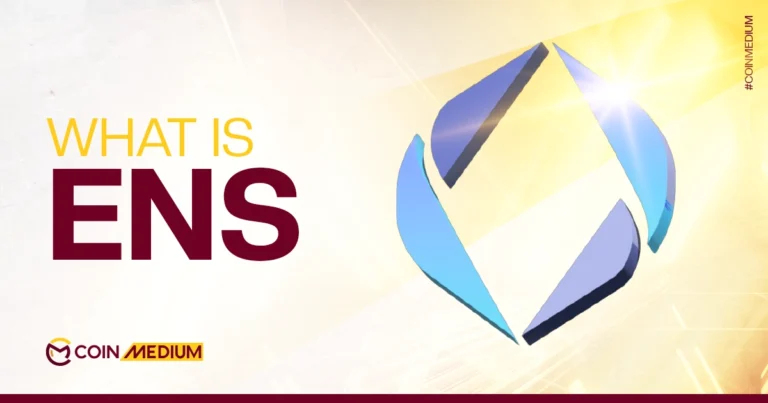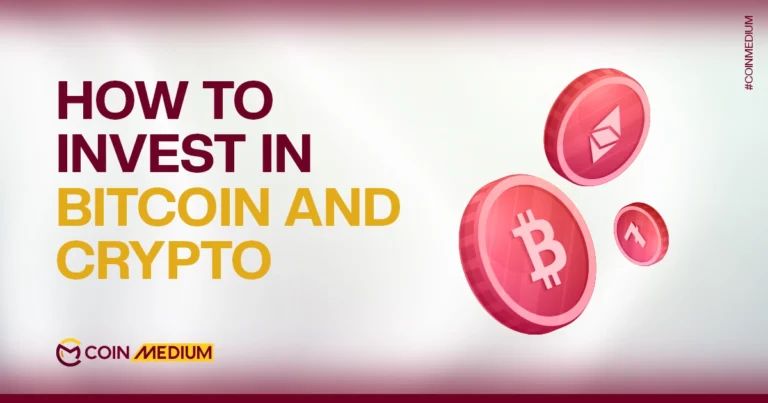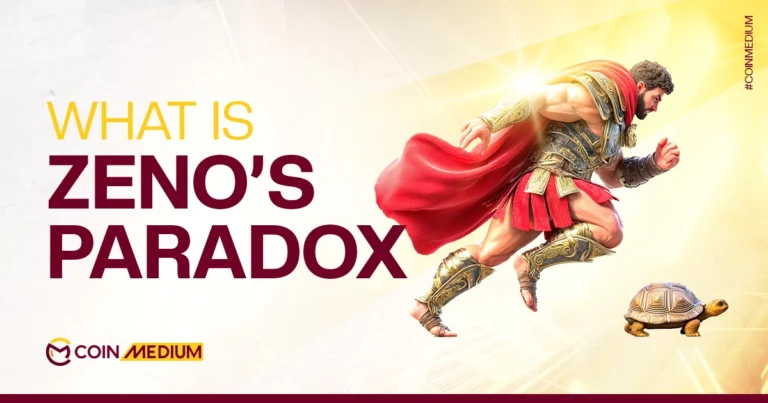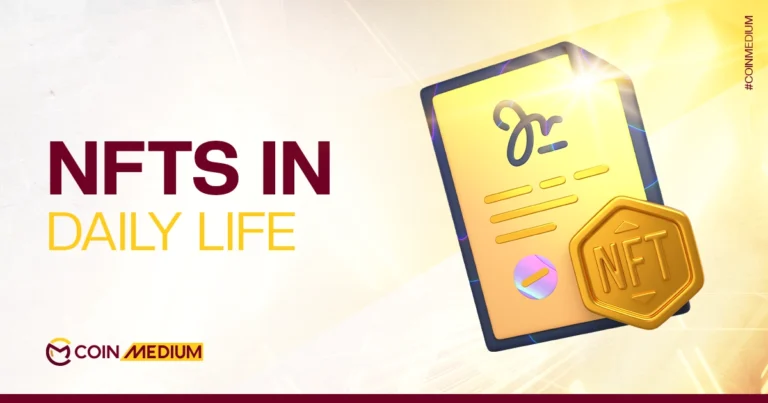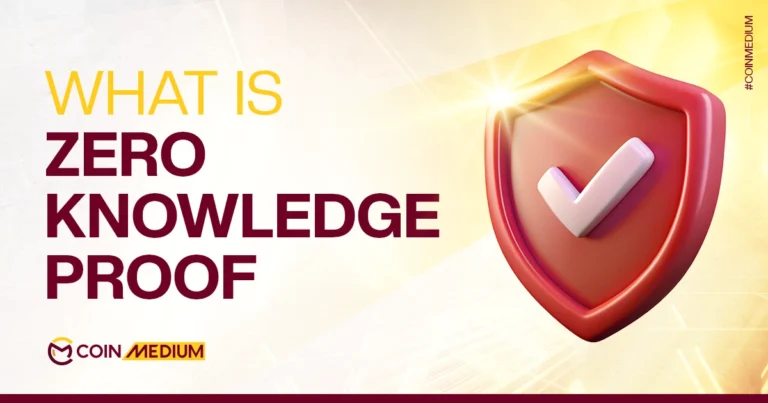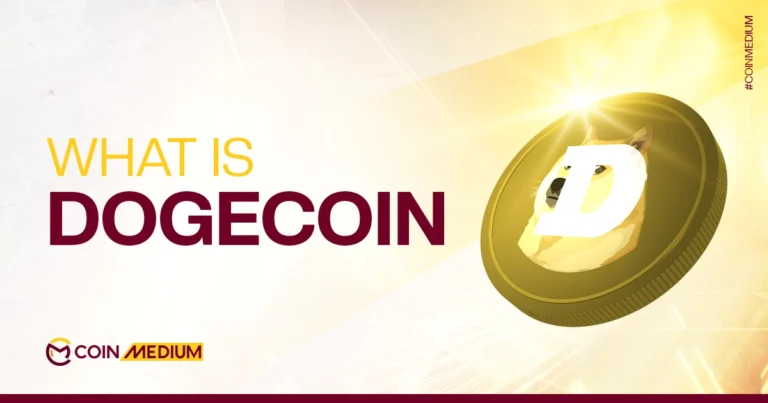- How to point the red flags in a crypto project that are hiding in plain sight?
- A tested framework that crypto exchanges use to list tokens.
- Examples of crypto tokens that have these red flags.
“I got rugged”. “Token went from $1 to $0 hours after going live”. “Hold the coin and you will buy a lambo.” These are the kinds of statements that soil the reputation of crypto. However what most people don’t know is that crypto also requires one to do research before investing.
In this article we will take you through the different kinds of red flags that will scream ‘ I am a red flag, watch out’.
1) No Utility No Purpose Cryptocurrencies
When a crypto project does not serve a purpose it will most definitely fail one way or another. 99% of meme coins come under this category. If a crypto asset’s strategy is to sell the token in hopes that some users would buy and pray for yields then it’s not a strategy, it is a dream! The best example for zero utility token would be Bitconnect and Cryptozoo.
However, there can be exceptions like Dogecoin. It is no secret that Elon Musk, famously known as the Dogefather embraced the dog themed coin. Tesla started accepting Dogecoin (DOGE) as payment for select merchandise on January 14, 2022.
2) False Marketing & Promise of Imaginary Gains
When a token looks too good to be true, you need to run away from it. As fast as you can. ICOs with extremely detailed and glass-like marketing structures usually have cracks in them. Besides ICOs using salesy antics to attract users or buyers, projects that promise returns out front without a reasonable explanation are definitely not legit.
One of the most fitting examples for this would be the Onecoin project. The token operated as a Ponzi and pyramid scheme, combining MLM tactics with fraudulent cryptocurrency promises. Investors were required to purchase “educational packages” ranging from £140 to £118,000, which included tokens purportedly convertible to OneCoin.
3) Incorrect & Illogical Product Information
This is the easiest to understand but is often overlooked. Too many factual errors, grammatical errors and complex information that makes little to no sense is a major red flag. This indicates that the project owners are not committed towards it. This also means that the project could potentially die in months.
Lack of transparency, too many diagrams, heaps of papers explaining the project (Bitcoin whitepaper was just 9 pages long) , no project roadmap and tokenomics are basic indicators that the project will not sustain for long.
The best example for this would be Aircoin. Much like its name, it did go up in the air. To vanish. It promised a complex scheme to adjust block rewards based on exchange rates to ensure a gradually increasing value, but the connection was never clarified and relied on manual hard forks and new client versions rather than automatic adjustments.
4) Missing Audit Reports For ICO
Cryptocurrencies are technical in nature. Projects that run on a smart contract or use cryptography need to be audited from time to time. Without timely smart contract audits, projects could run into technical issues that could lead to a code leak and security issues.
Unchecked vulnerabilities can lead to hacks, as seen in the DAO incident, where funds were siphoned due to a flaw in the smart contract.
The most infamous incident in Ethereum’s history involved The DAO, a decentralized autonomous organization built as a smart contract on Ethereum. A vulnerability in The DAO’s smart contract allowed an attacker to exploit a recursive call bug, draining approximately 3.6 million ETH (valued at ~$60 million at the time) to a child DAO they controlled.
5) Bots And Incomplete Founders Info
Inflated follower counts, bot-driven comments, or overly positive shilling on platforms like X can indicate manipulation is a common problem with most crypto projects today.
If the ICO’s website or whitepaper lists no team members, uses pseudonyms, or provides only partial details (e.g., first names only or no professional background), it suggests a lack of accountability.
Legitimate projects proudly showcase their team’s credentials, often linking to LinkedIn profiles or verifiable work histories.
Some ICOs list team members with generic photos (e.g., stock images) or fabricated credentials. You can reverse-search images on tools like Google Images or check LinkedIn for profile authenticity.
6) Loosely Created Tokenomics
If the token’s purpose in the ecosystem is vague, unnecessary, or could be replaced by existing cryptocurrencies (e.g., Ethereum, stablecoins), it may lack real value. A token should have a clear, essential role (e.g., governance, payments, or staking).
A large percentage of tokens allocated to founders, early investors, or advisors (e.g., 30%+ of total supply) without clear justification raises concerns. It suggests insiders could dump tokens, crashing the price.
Tokens allocated to the team or early investors should have vesting schedules (e.g., locked for 1–3 years) to prevent immediate selling. Without this, insiders can cash out quickly, leaving public investors at risk.
The best example of bad tokenomics would be Onecoin. The total supply was never clearly defined, and the project provided no transparency on how tokens were allocated. A significant portion was reportedly controlled by the founders and insiders, with no public details on percentages for the team, investors, or community. This lack of clarity suggested potential for manipulation.
7) Lacking In Regulatory Compliance
Missing regulatory compliance indicates a project operates outside the legal frameworks designed to ensure transparency, accountability, and investor protection. This exposes investors to significant risks, including financial loss, legal repercussions, and association with potential fraud.
Often projects overlook this to save on the costs related to making their token regulatory complaint. At times these projects are also built with malicious intent. Compliance with regulations requires transparency, such as audited financials, risk disclosures, and adherence to anti-money laundering (AML) rules. A project avoiding these obligations may be hiding mismanagement, misrepresentation, or outright fraud. The 2017-2018 ICO boom saw thousands of unregistered token sales, many of which (e.g., Centra Tech) were scams that defrauded investors of millions by operating without oversight.
7Ms Framework Used By Exchanges For Token Listing
The 7M framework is used by some of the best cryptocurrency exchanges is an easy way to find legit crypto projects.
In this section we will dive deeper into the framework.
Mechanics of the cryptocurrency
Decentralization has been the core principle of the blockchain industry and our next step is to analyze a project’s effectiveness in maintaining immutability, transparency, automation, and resilience with its decentralized business model. This metric evaluates the proficiency of the project’s business model in the highly competitive crypto space and the numbers a project will be able to achieve if it successfully reaches every milestone of its roadmap.
Founders & management of the cryptocurrency
A well-experienced team leads the project with coherence in their strategies and collective progress towards the project’s vision. A balanced combination of hard and soft skills, the ability to overcome technical and entrepreneurial hurdles, the team of advisors and partners, clear articulation of thoughts from management to the customers, timely accomplishments of the milestones, and the ability to cope up with adverse situations are some of the factors which are chiefly considered in this framework.
Scope in market for the cryptocurrency
This criteria includes conducting in-depth evaluations and SWOT analyses of these projects. Understanding and defining the Market of the project in which the product is being offered is key to its growth. Study the size of its existing market, competitors activities, unique selling points (USPs) of the project, product’s ability to acquire a significant market share alongside coping up with the future threats, and then exhibit growth in the industry which evolves rapidly.
Motivation behind the cryptocurrency
Every project is using blockchain, building a network, and circulating a token within its network. The demand and supply of the token decide the price of the token, and this same demand and supply are decided by the utilities the token has within the network. It is important to understand the application of blockchain, use cases, tokenomics, and the value generation spots of their tokens.
Momentum for the cryptocurrency
Momentum identifies the traction the project has received on social media over a period of time and the reputation a project has developed from its inception. Track the perception with which a project is perceived and study the company’s roadmap, its expansion in multiple directions, the network effects, partnerships established with high-profile organizations, and expansion of the existing customer base with active acquisition and growth strategies.
Wrapping Up
When evaluating crypto projects and ICOs, always come back to this article and look at the 7Ms and the 7 red flags that we have listed for you.
Investing in cryptocurrencies – especially new ICOs can be tricky but with this guide you will be able to get through the noise and find what is potentially a promising investment opportunity while avoiding common pitfalls.





